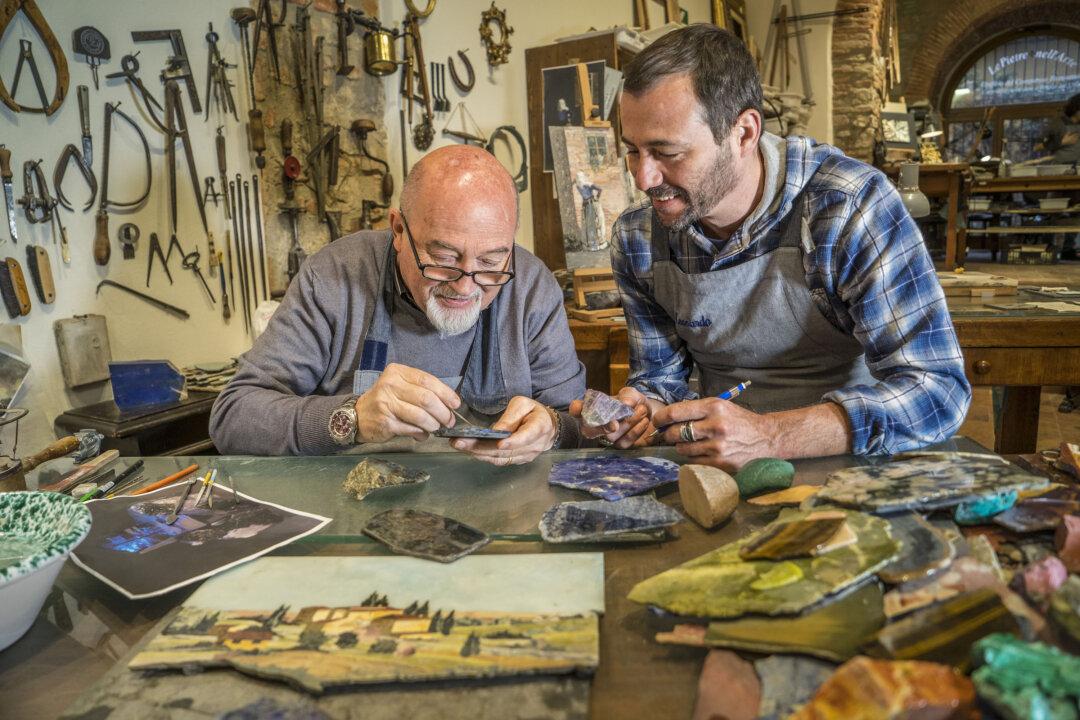Everyone who enters the Scarpelli Mosaici workshop in Florence, Italy, is told the story of “commesso Fiorentino” or Florentine mosaic.
“It’s a big investment, but it’s our mission to teach people about this special art that is only found in Florence,” said Catia Scarpelli, commercial marketing manager at Scarpelli Mosaici, in a phone interview.






